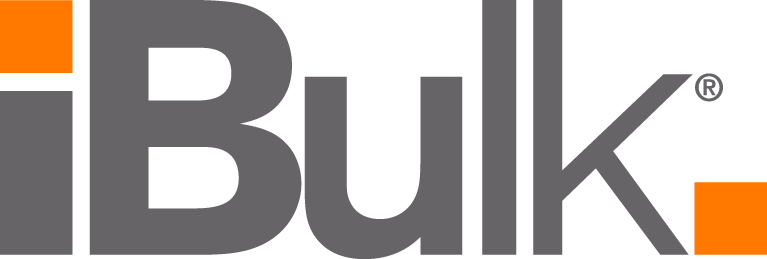Oyster farmers use Sweco Separators for sizing oysters to accelerate growth and provide uniform harvests
/Oyster farming takes place year round. The shell sh come into contact with a Sweco screening device for a short timeframe toward the middle of summer. It is at this time when the oysters are “graded” prior to their placement in a nursery. This grading is to maintain the appropriate dimensions for a maximum number of fully matured and sized oysters available at harvest in late summer. Formerly, this sorting was done by hand before the introduction of Sweco Separators into the process.
On one farm, seeds begin in small bags of about 800,000 oysters weighing about two pounds. Within 18 months, they grow from about 2 mm to the perfect 76 mm desired size, weighing 113.400 kg and covering an acre of the bay’s floor.
In early spring, the seed oysters from a hatchery are transferred to wooden boxes with mesh bottoms and placed in salt water alongside docks. Water is continuously pumped through the boxes to bring food and nutrients to the small oysters. The oysters grow at different rates so the oysters are graded by size during the 10 to 12 weeks they remain in this controlled environment. Oysters of similar size allow more water ow and this allows the oysters to grow more quickly during the summer months.
Oysters are screened and placed in boxes during this early part of their lifecycle where progressively larger shells are stored in each box until they reach a size where they can be released to final maturity into the open bay. By placing like sized oysters in the individual boxes of this progressive series, the interstitial space between oysters can be maximised so the greatest water ow and nutrient can be supplied to the young oysters. In this way their growth cycle can be accelerated and controlled for more uniform harvests later.
Boxes containing immature oysters are lifted from the water and taken to the Sweco Round Separators for grading. These oysters were formerly graded by placing the oysters on a sieve for hand sifting. As the baby oysters grow, their fragile shells must be handled with care to prevent breakage. In many installations, a phase inverter and speed control unit is used to vary the vibration to prevent damaging the oysters.
A Sweco 24” Round Separator has been used successfully in this application - after the hatchery and before the nursery - to grade the baby oysters and maintain similar size oysters in each of the growing boxes. Starting with about an 18 Mill Grade Screen (L), the boxes are screened weekly to as often as every couple of days with screens progressively larger. Once the oysters are large enough they can be released into the bay.
The Separator significantly speeds up the screening operation and saves manpower and time during the grading operation, formerly done by hand. It allows more “cycles” of screening to be conducted to maximise growth.
A double deck separator is often used with these mesh sizes selected for the growth rate and growth cycle of the oysters. Oysters are graded into three size ranges with the double screening. As the season progresses, larger mesh openings are used in the grading process. Typical meshes used range from 6 mm to 25 mm. This is only one part of the operation where screening is presently used in this year-round process.


